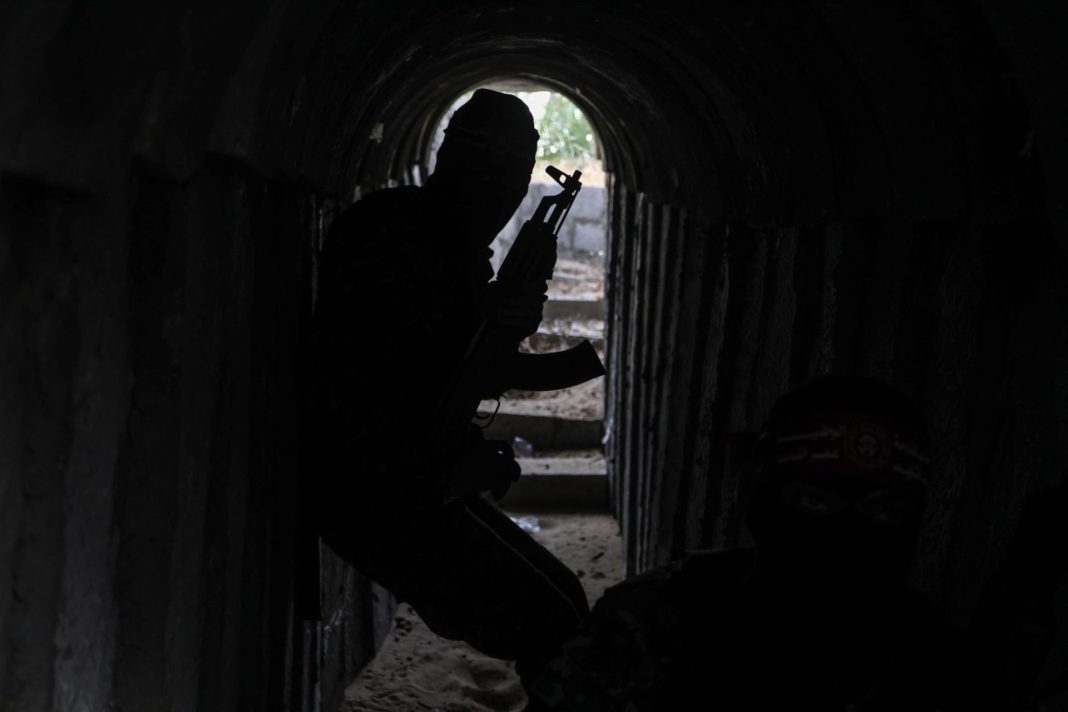The Hamas tunnels are in good shape in central Gaza, most of Rafah in the south, and Shejaiya in the north, the TV report says.
In Khan Younis, in the south of the strip, many tunnels that were targeted by the IDF have been fixed up, as have the factories in the area that produce the concrete to build the tunnels.
Even though the IDF has been focused on tackling Hamas in Rafah in recent weeks, functional tunnels in the area enable Hamas to get close to the Israeli border, and only a few routes have been destroyed on the Philadelphi Route along the Gaza-Egypt border, the report adds.
Tunnels in Gaza City are in a medium to good state, and enable Hamas to gain proximity to the Israeli border, it adds.
Overall, were the war to end now, the report says, “Hamas still has the capacity to organize an incursion close to the border and perhaps even across it, [albeit] not on the scale of the past.”
Senior Israeli defense officials in January assessed that Hamas’s Gaza tunnel network was between 350 and 450 miles long, an astounding figure given that the enclave is only some 140 square miles in total size.
After seven months of Israel’s military operations against the Palestinian group in the Gaza Strip, US intelligence sources told Politico only 30 to 35 percent of Hamas fighters have been killed.
In addition, around 65 percent of Hamas’ tunnel infrastructure remains intact, Politico’s sources said, and thousands of new members are said to have been recruited to the group in recent months.
The report comes as Washington has become increasingly concerned about the viability of Israel’s stated aim of destroying the Palestinian group.
